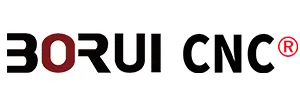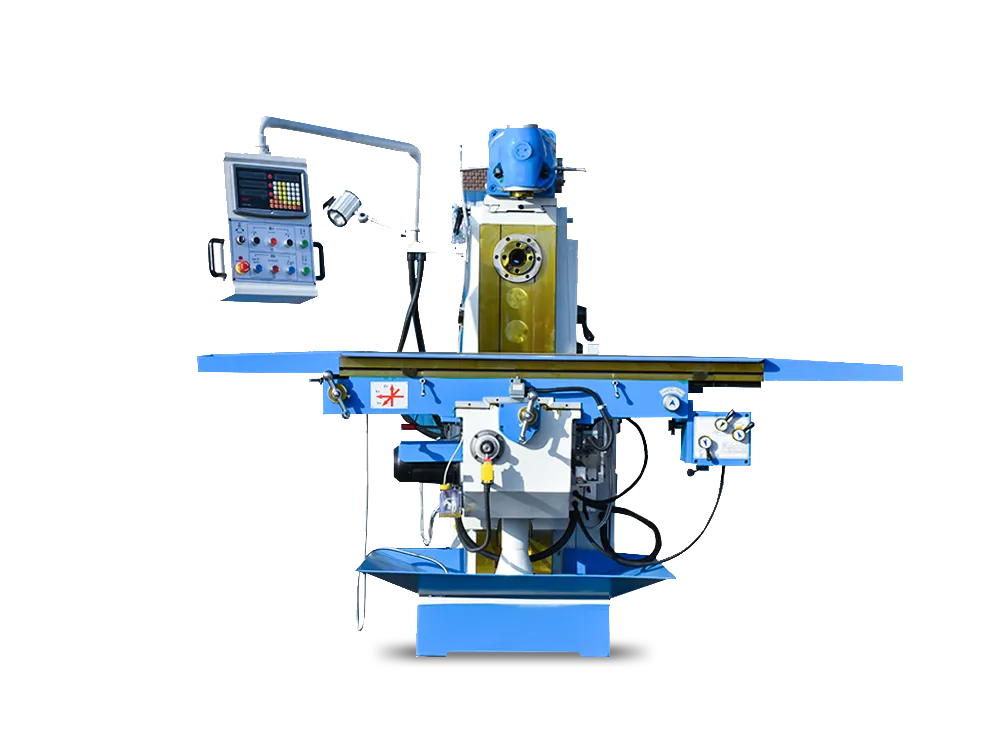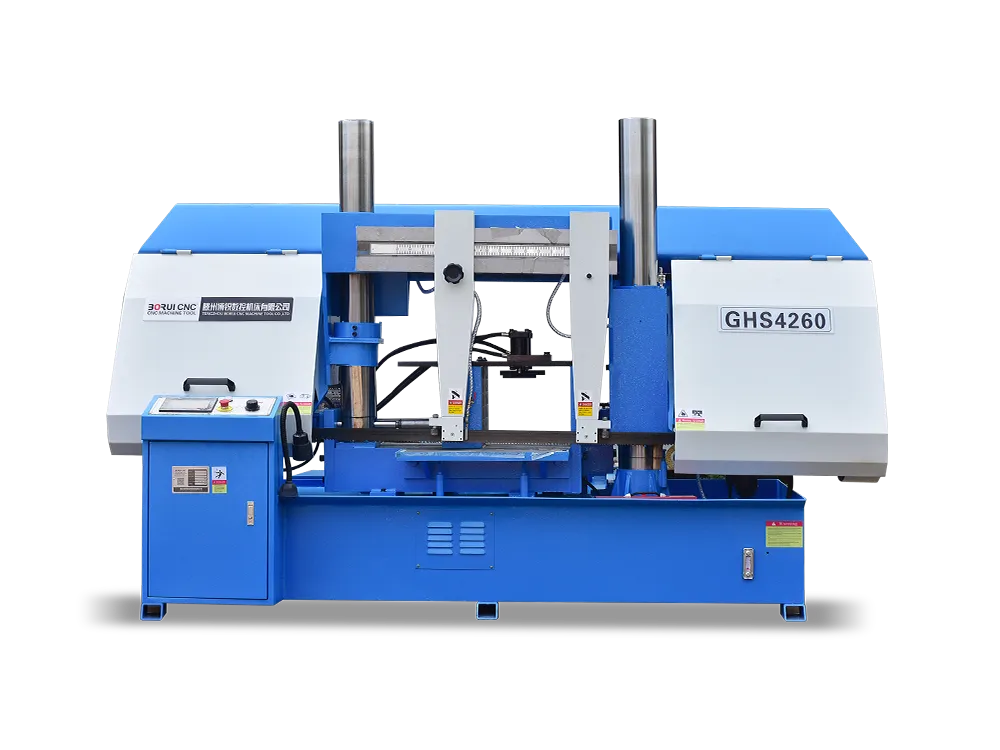
Fresadoras son de gran valor para las industrias manufactureras. Ayudan a cortar y dar forma a los distintos materiales con precisión. Sin embargo, su rendimiento y precisión dependen de si se utilizan correctamente. Por desgracia, la gente no se hace con la mayoría de estas máquinas por falta de conocimiento. Esto me ha llevado a escribir sobre cómo utilizar una fresadora.
Los pequeños errores acarrean graves consecuencias. Eso es cierto cuando se trata de fresadoras. Por eso, la gente empieza a creer que sus máquinas funcionan mal. Se trata más bien de utilizar las condiciones de la máquina a su manera. Te explicaré cómo puedes evitar esos pequeños errores. Así que, ¡empecemos y hablemos de la manera correcta!
Partes de una fresadora
Antes de pasar a la parte central, hablemos de las diferentes partes de las fresadoras. Una vez que comprenda estas partes, su uso será mucho más fácil. Además, estos componentes deben trabajar juntos en armonía. Si alguno de ellos funciona mal, no obtendrá resultados precisos. He aquí una tabla que muestra la funcionalidad de cada elemento:
| Pieza | Papel |
| Base | Proporciona estabilidad a toda la fresadora. |
| Columna | Sujeta el husillo de la máquina |
| Rodilla | Soporta la mesa y puede moverla hacia arriba o hacia abajo. |
| Cuadro | Superficie sobre la que se monta la pieza de trabajo. También se denomina mesa de trabajo. |
| Huso | Gira y sujeta la herramienta de corte para cortar y dar forma al material. |
| Alimentación | Mueve automáticamente la mesa para un corte uniforme y suave. |
| Panel de control | Permite al operario programar y controlar la máquina (específico para máquinas CNC). |

Debe comprender estas partes para evitar cualquier problema. Por ejemplo, debe saber cómo instalar las herramientas de corte en el husillo. Del mismo modo, debe saber cómo sujetar la pieza en la mesa de trabajo. Por lo general, la gente no presta atención a la comprensión de la funcionalidad de estas partes.
Como resultado, cometen algunos errores involuntarios. Entre ellos, la colocación incorrecta de las herramientas de corte o la fijación inadecuada de la pieza en la mesa. La máquina funciona a pesar de estos errores. Pero el rendimiento viene con cierta precisión comprometida. En este artículo, obtendrá muchos consejos para evitar esos errores involuntarios.
¿Cómo utilizar una fresadora?
Existen algunos protocolos de seguridad que debe seguir mientras maneja una fresadora. Utilice gafas y mascarillas para asegurarse de que las virutas de la pieza de trabajo no le molestan. Además, debe intentar mantenerse alejado de las herramientas de corte cuando estén en movimiento. Comprometer la seguridad durante el trabajo puede tener graves consecuencias. Pasemos ahora a analizar los consejos útiles y las formas adecuadas de utilizar una fresadora.
1- Selección de la cuchilla
En primer lugar, debe seleccionar la herramienta de corte adecuada para su tarea. Recuerde que existen diferentes herramientas de corte con distintas formas. Todas ellas pueden utilizarse en fresadoras para conseguir diferentes formas y resultados. Cada una de ellas ofrece una funcionalidad única. Para cortar algunas partes de la pieza, utilizará herramientas de corte afiladas.
Del mismo modo, el acabado cuidadoso del material requiere diferentes herramientas. Las herramientas de corte están hechas de diversos materiales. Por ejemplo, HSS, carburo y aluminio. Si va a cortar material resistente, utilice herramientas fabricadas con material HSS. Las herramientas de corte fabricadas con HSS son muy robustas. Por el contrario, para cortar madera o cualquier otro material blando no se necesitan herramientas tan robustas.
2- Monte el cortador con cuidado
La gente comete errores al montar una fresa en el husillo. Recuerde que el husillo es una parte de la máquina que sujeta las herramientas de corte. Durante el trabajo de la máquina, el husillo se mueve para girar las fresas. Debe fijar firmemente las cuchillas a los husillos para que no se muevan mientras trabaja. Utilice una llave inglesa para apretar las fresas con husillo.
Recuerde que un pequeño error en este paso puede tener graves consecuencias. Los errores pueden provocar que las herramientas de corte se desprendan del husillo. Puede causar lesiones al operario y daños a la máquina. Además, las herramientas de corte sueltas no cortarán con precisión ni darán forma a la pieza de trabajo. Una vez que haya montado la herramienta, asegúrese de comprobar su instalación.
Lo más destacado: Las fresadoras modernas vienen con un dispositivo de sujeción del trabajo. Debe apretar este dispositivo en el husillo. Mantendrá el husillo estable y evitará las vibraciones. Las vibraciones en el husillo pueden afectar a la precisión de tu trabajo.
3- Colocación de la pieza
Una vez montadas las herramientas de corte, es hora de colocar la pieza de trabajo en la mesa. Recuerde que la mesa de trabajo es donde tendrá que sujetar la pieza. En la fresadora, la pieza de trabajo permanece inmóvil. Las herramientas de corte montadas en el husillo cortan y dan forma a la pieza de trabajo estacionaria. Por lo tanto, la sujeción es fundamental para la estabilidad de la pieza de trabajo.
No hay que ser un genio para colocar la pieza. Todas las fresadoras vienen con un lugar especial marcado para la pieza de trabajo. Todo lo que tienes que hacer es colocar la pieza de trabajo y sujetarla. Una vez hecho esto, te recomiendo que compruebes su estabilidad. No debe moverse por separado, sino estar firmemente sujeta a la mesa de trabajo.
4- Pantalla de doble control (En caso de fresadora CNC)
Existen dos tipos de máquinas: CNC y manuales. Si utiliza una máquina CNC, debe analizar también la pantalla digital. Durante la comprobación, asegúrese de que el ordenador recibe las instrucciones codificadas. Si todo parece correcto, puede encender la máquina. Las herramientas de corte empezarán a seguir las instrucciones del ordenador.
A veces, le das instrucciones al ordenador y lo dejas un rato. No lo ves, pero el ordenador puede mostrar errores cuando le das las instrucciones codificadas. Comprobar dos veces la pantalla garantiza que todo esté perfecto. ¿Está utilizando la fresadora manual? No tendrá una pantalla informatizada para controlar la máquina.
5- Velocidad de las herramientas de corte
La velocidad de las herramientas de corte también es un factor crucial que influye en la precisión. Cortar material más duro y más blando requiere herramientas de corte diferentes a distintas velocidades. Las herramientas pueden sobrecalentarse si corta el material más rígido a gran velocidad. Por lo tanto, debe cortar el material más rígido un poco más despacio para evitar problemas de sobrecalentamiento.
Por otro lado, los materiales blandos son fáciles de cortar. No requieren potencia adicional de las herramientas de corte. Por lo tanto, puede establecer la velocidad alta para las herramientas de corte. No tendrán que poner más energía en ello, por lo que no se enfrentarán a problemas de sobrecalentamiento. En general, recomiendo la velocidad media de las herramientas, ni demasiado rápida ni demasiado lenta.
6- Recortes graduales
Las fresadoras CNC siguen las instrucciones codificadas, ¿verdad? No hay que hacer nada para mejorar la precisión. El sistema CNC se ocupa de cómo se cortan las herramientas de corte. Sin embargo, en las máquinas manuales, hay más responsabilidad sobre tus hombros. No intentes cortar una pieza entera de una sola vez durante el corte.
En su lugar, debe seguir un enfoque más suave durante el fresado. Recomiendo realizar cortes incrementales si es necesario cortar alguna parte de la pieza. ¿Por qué? Porque mejora la precisión y la suavidad del corte. Cortar piezas de una sola vez puede acarrear imprecisiones. Al cortar la pieza lentamente, se consigue un mayor control del proceso de corte.
7- Cambiar las herramientas
Durante el corte, es posible que sienta la necesidad de cambiar las herramientas de corte. Por ejemplo, imagine que necesita cortar una pieza rígida de metal. Pero también necesita dar a esta pieza un acabado suave. En este caso, necesitarás dos herramientas de corte diferentes. La primera sería el cortador afilado. Cortará correctamente la pieza de metal necesaria.
Una vez cortado, debe utilizar una herramienta de desbaste para garantizar la suavidad. Por lo tanto, primero debe apagar la máquina para cambiar las herramientas. Recuerda, primero utiliza una llave inglesa y retira las herramientas que ya estén montadas. Ahora, instale las herramientas de desbaste y asegúrese de que las herramientas están bien montadas. No deben estar sueltas del husillo.
Las herramientas de desbaste tienen aristas cortantes afiladas para crear el acabado de la pieza cortada. Una vez que haya instalado las herramientas de desbaste, puede encender la máquina. Recuerde que instalar las herramientas de corte en el husillo parece una tarea sencilla. Pero la gente suele cometer errores al montar las herramientas de corte. Siempre debe tener cuidado y atar firmemente la herramienta con un husillo.
¿Cómo funcionan las fresadoras?
La fresadora funciona en unos pocos pasos. Si los sigue correctamente, obtendrá una precisión 100% en la salida. Recuerde, en una fresadora, la pieza de trabajo permanece en un lugar (mesa de trabajo). Las herramientas de corte se mueven o giran para cortar y dar forma a esta pieza estacionaria. El husillo desempeña un papel crucial en el accionamiento de estas herramientas.
El husillo es una pieza que sujeta las herramientas de corte. Puede moverse vertical u horizontalmente, según el tipo de máquina. Las herramientas de corte montadas en él también se mueven. Durante este movimiento, estas herramientas se acercan al material inmóvil y lo cortan. El operario controla la velocidad de estas herramientas de corte y el ajuste de la pieza.
Sin embargo, el funcionamiento de las fresadoras CNC es muy diferente. Utilizan el sistema CNC, que automatiza el proceso y mejora su precisión. En estas máquinas, los operarios realizan los diseños, los convierten en códigos y luego los pasan al ordenador. Una vez que la máquina se pone en marcha, el ordenador ejecuta esos códigos.
Las herramientas de corte siguen las instrucciones codificadas y cortan en consecuencia. Sin embargo, las fresadoras manuales requieren más trabajo por parte del operario. Tendrá que montar la fresa, colocar la pieza y ajustar la velocidad de las fresas. La precisión y la exactitud dependen de la habilidad de los operarios.
¿Cuáles son los principales tipos de fresadoras?
Como ya he dicho, hay diferentes tipos de fresadoras. Cada uno de ellos ofrece una experiencia de corte única. Además, esos tipos son particulares en su trabajo. Aquí está la lista de esos tipos:
- Fresadoras de torreta
- Fresadoras verticales
- Fresadoras de sobremesa
- Fresadoras horizontales
Las fresadoras de torreta son más avanzadas y modernas. Vienen con cabezales móviles, que aumentan su versatilidad. Con ellas se puede cortar la pieza desde distintos ángulos. Las fresadoras verticales y horizontales difieren en cuanto a la orientación de las tejas. Las máquinas verticales tienen un cabezal orientado verticalmente.
Por tanto, cortan la pieza de arriba abajo (verticalmente). Por el contrario, las fresadoras horizontales tienen un husillo orientado horizontalmente. Por tanto, estos husillos mueven la herramienta de corte lateralmente. Las fresadoras de sobremesa suelen ser útiles para los aficionados. Son compactas y menos costosas, con un rendimiento comprometido.
Conclusión
Las fresadoras se han convertido en algo inevitable para las industrias manufactureras. Cortan el material con una precisión excelente. Sin embargo, si se utilizan mal, pueden afectar principalmente a la precisión. Por desgracia, muchas personas las utilizan sin la orientación adecuada.
Como resultado, acaban cometiendo errores involuntarios. Hay pequeñas cosas en estas máquinas que pueden tener un impacto significativo. Tienden a culpar a la máquina cuando no consiguen la precisión deseada. Sin embargo, usted no sufrirá esta situación. Le he explicado cómo utilizar las fresadoras para obtener la precisión ideal.




